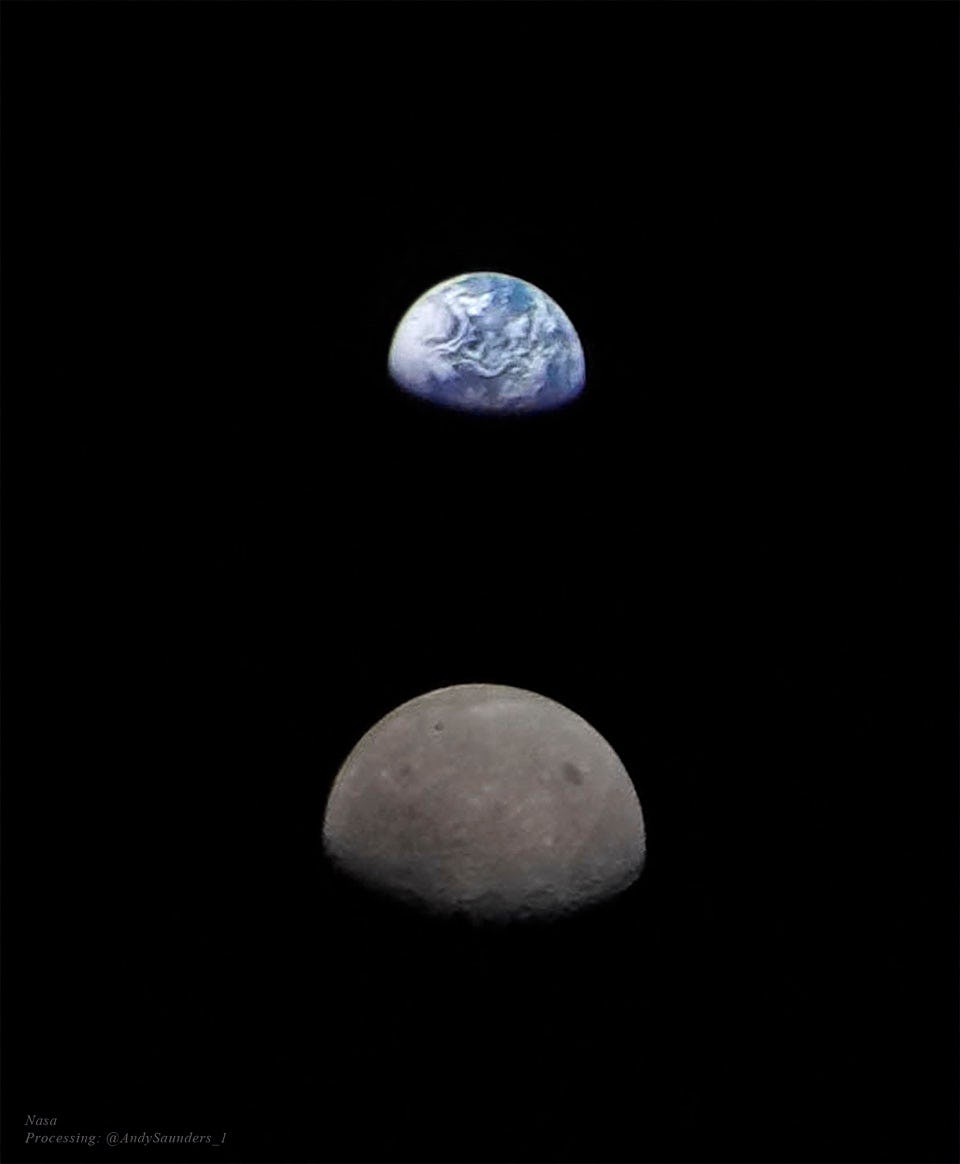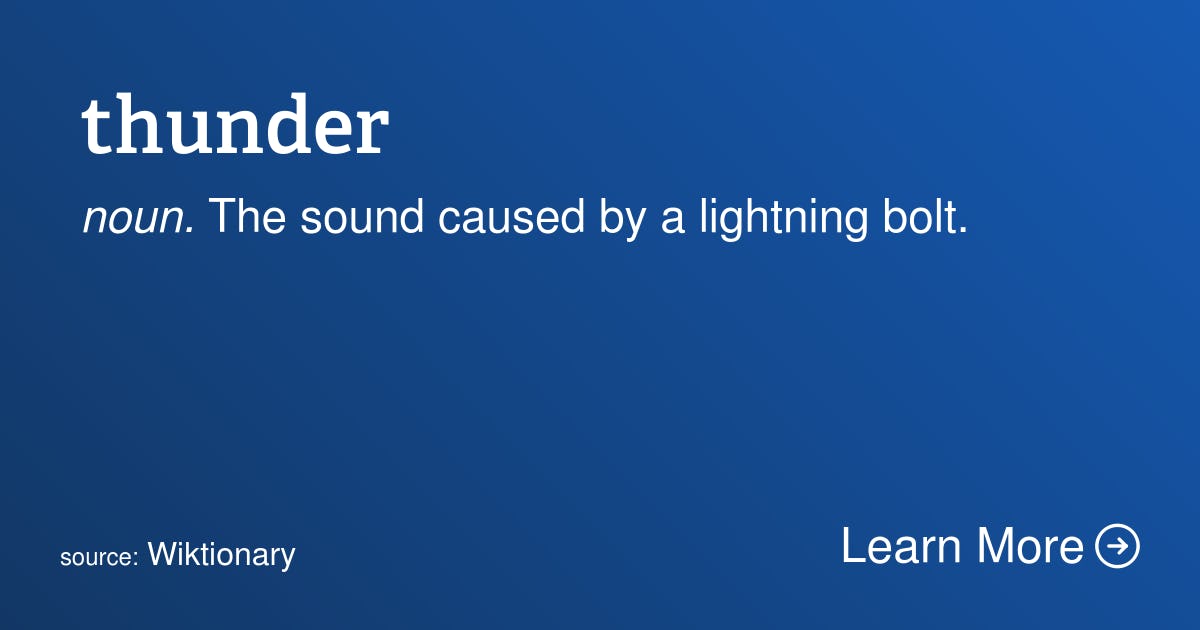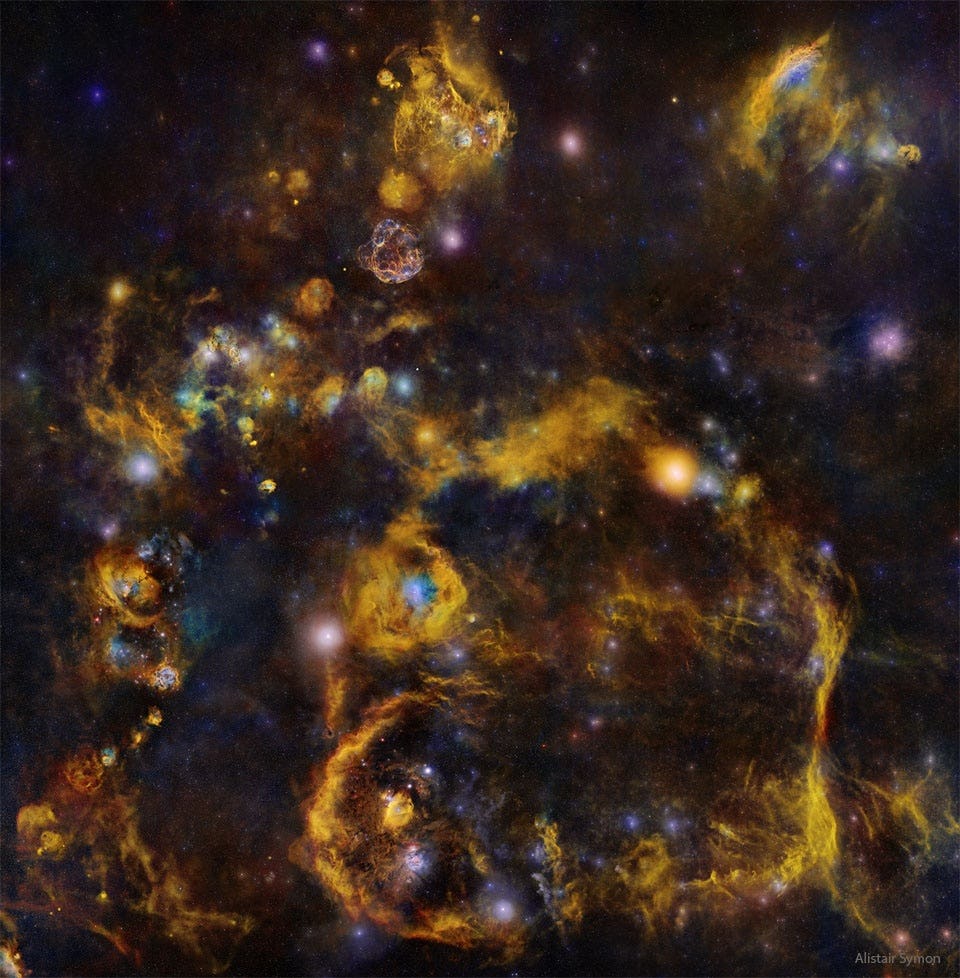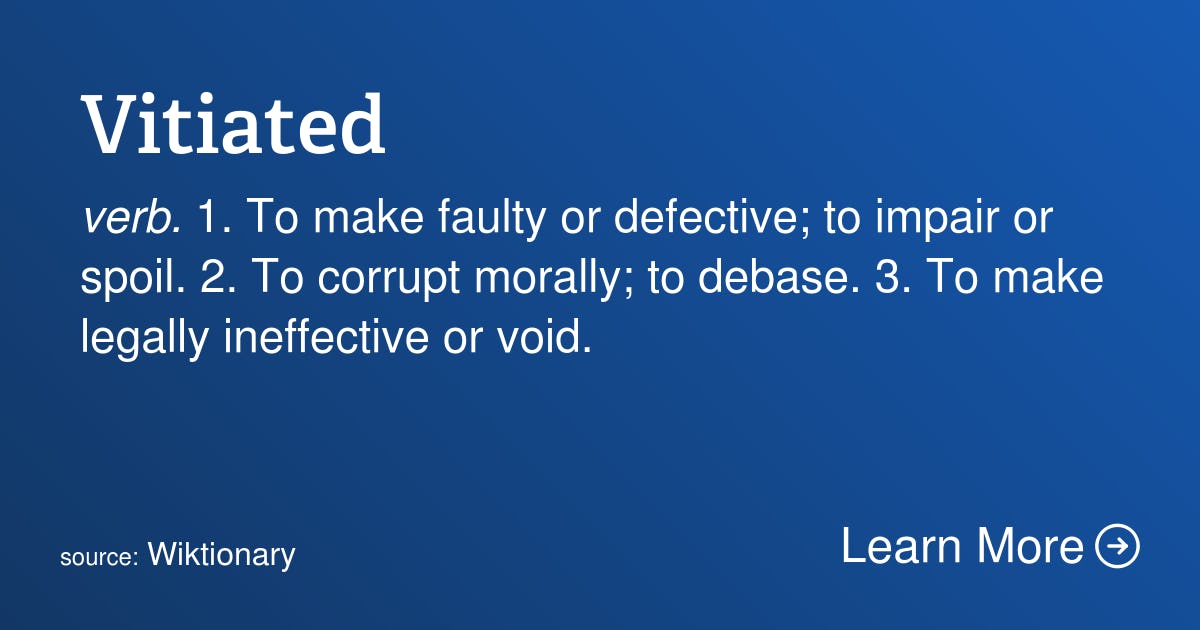My love
has been gone,
four weeks, today.
I am alone.
I miss your sweet smile,
for you were the one,
who captured my heart,
my soul to the Sun.
Why do I worry,
now you've gone away?
Your no longer here,
while here I must stay.
Please guide me
in this new life of mine,
while I will remember
our memories entwine.








.jpg?fit=crop&w=280&h=280&q=93)










.jpg?fit=crop&w=200&h=200&crop=faces)




 - Copy.jpg?fit=crop&w=280&h=280&q=93)














